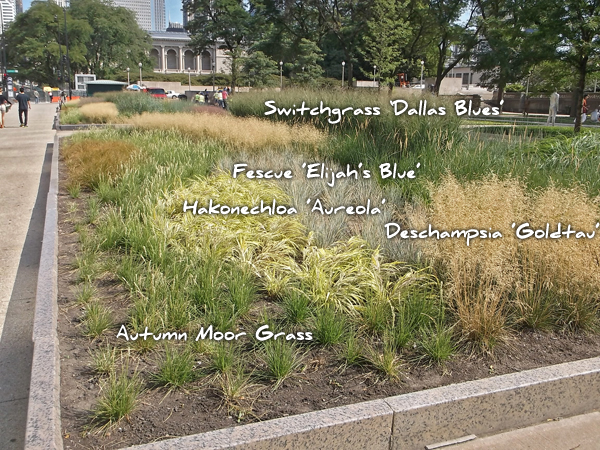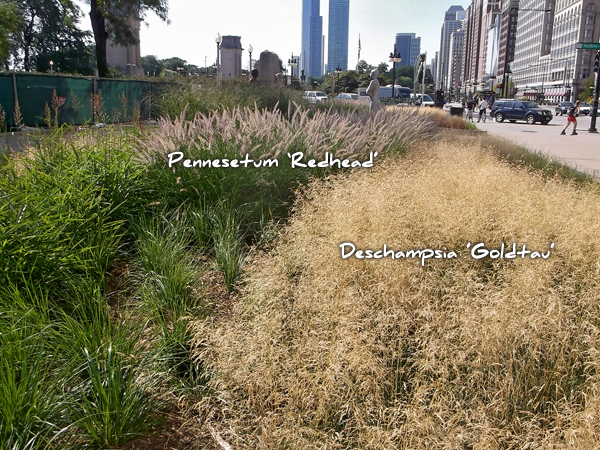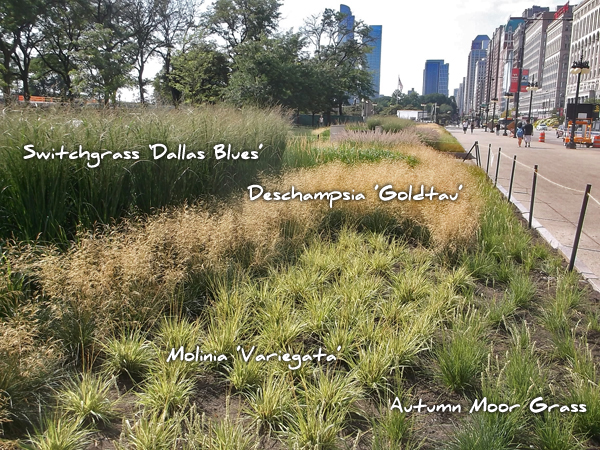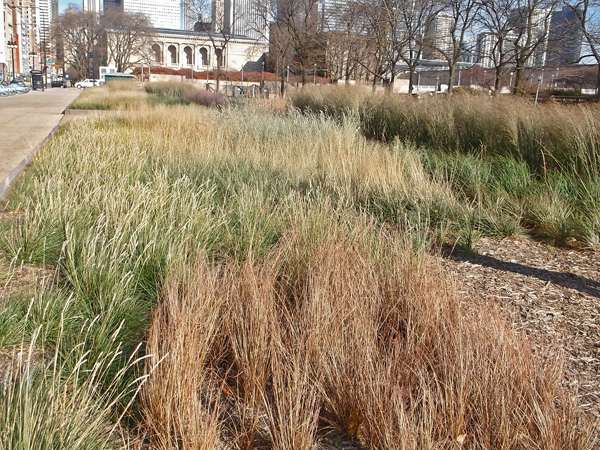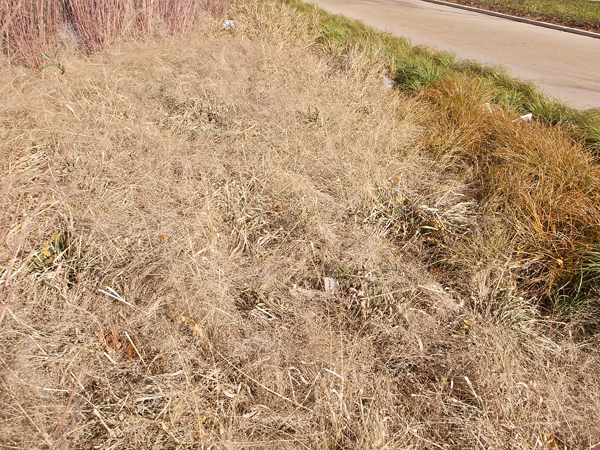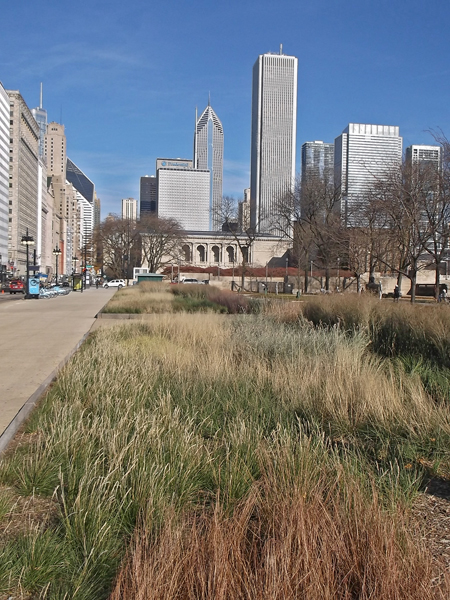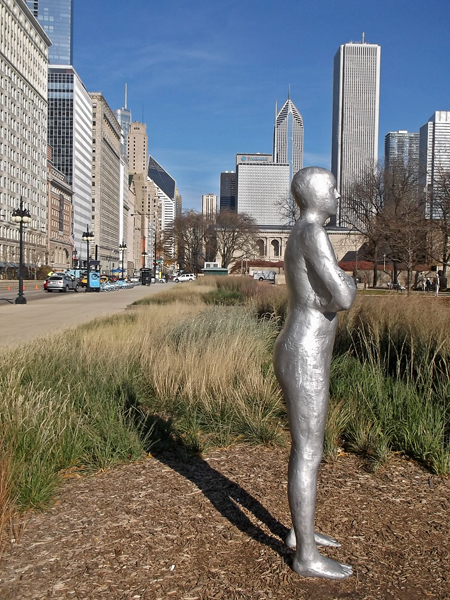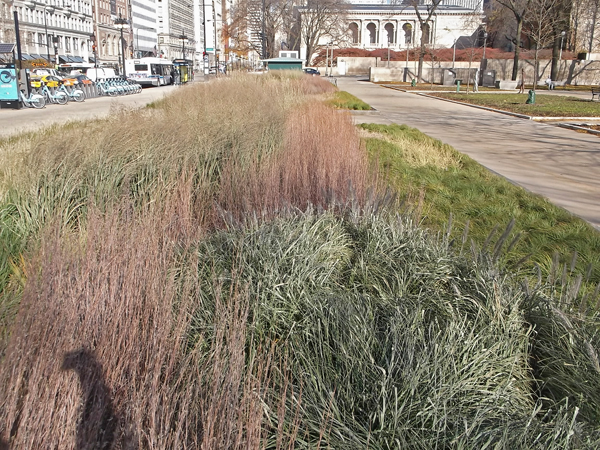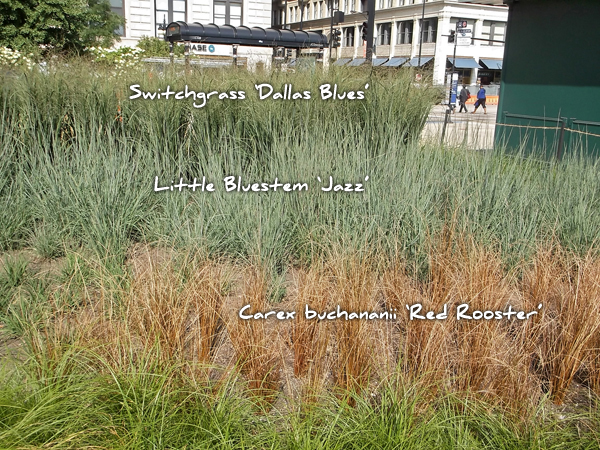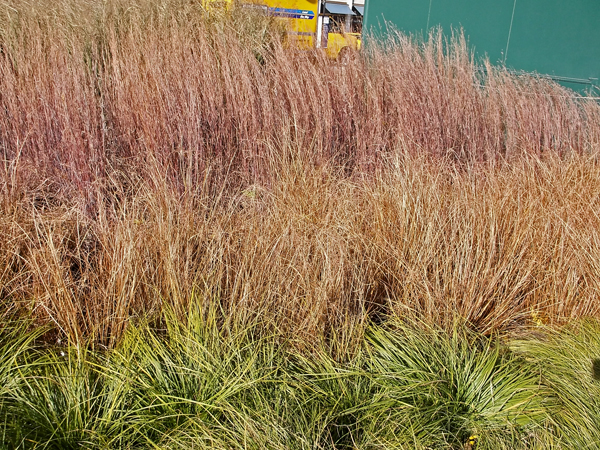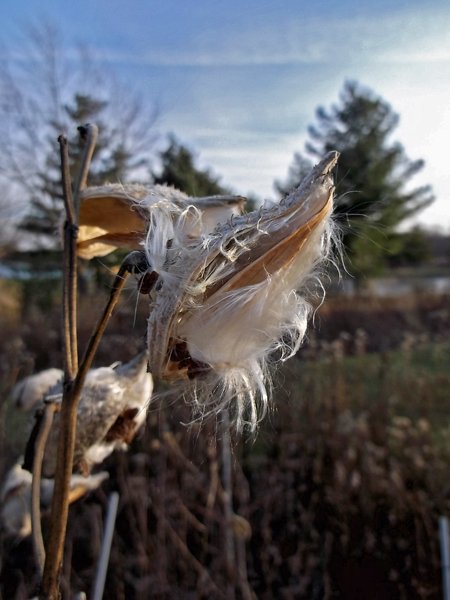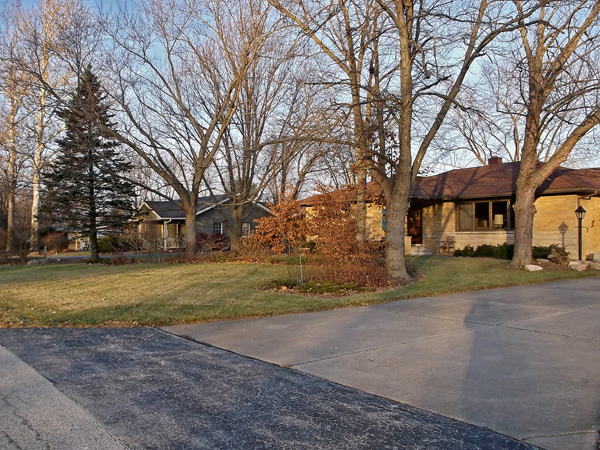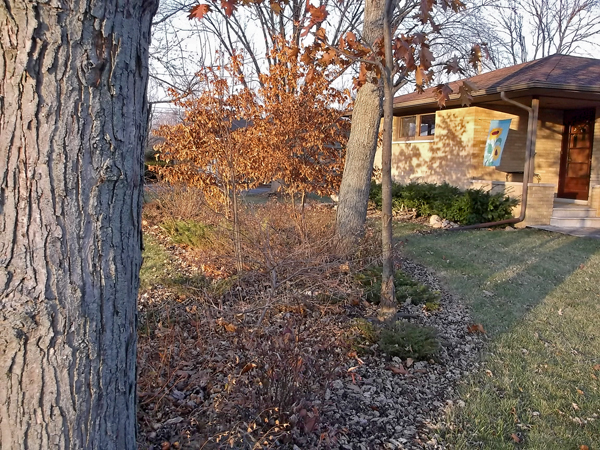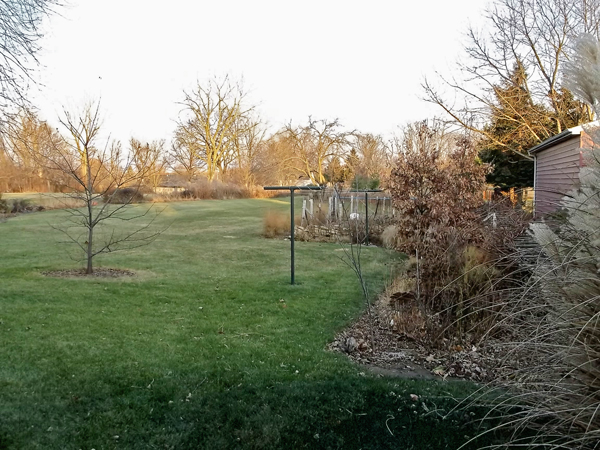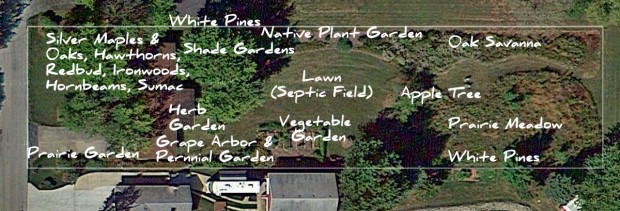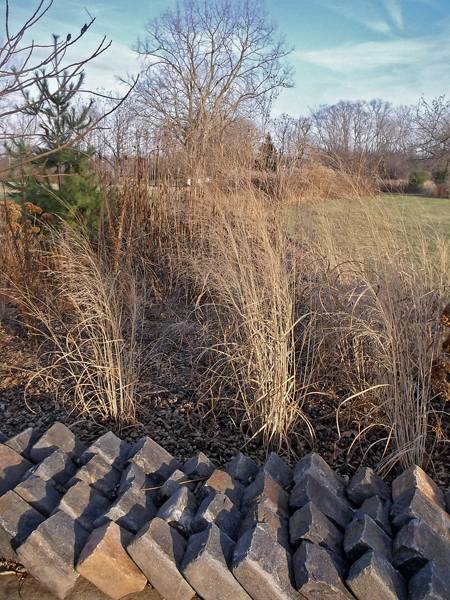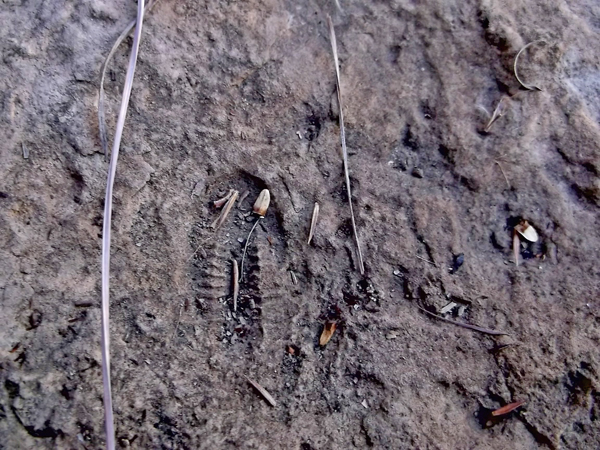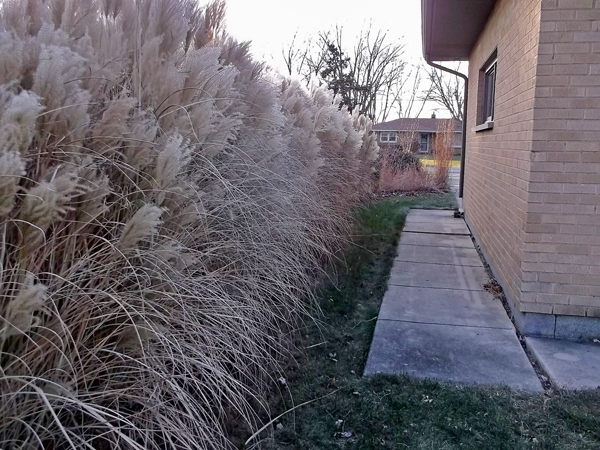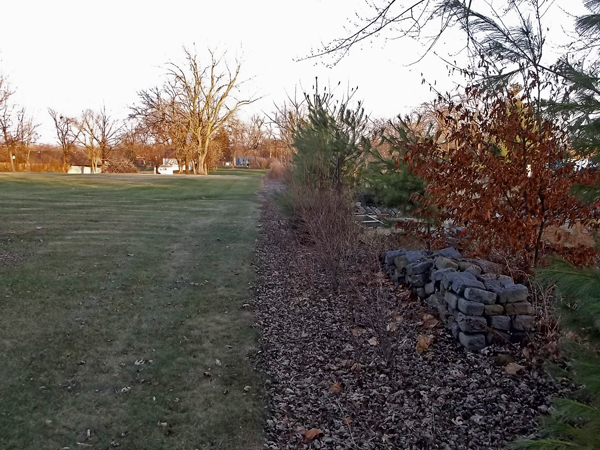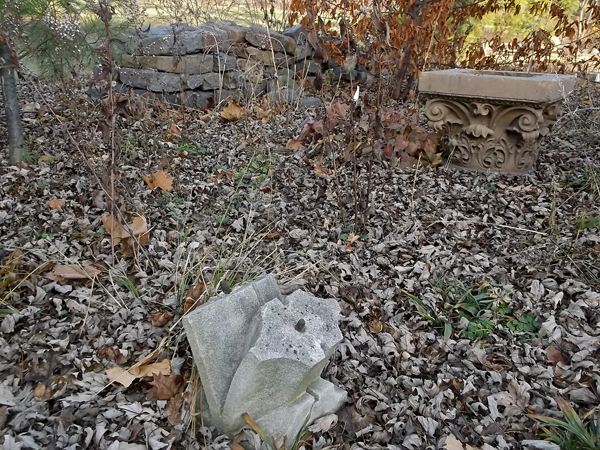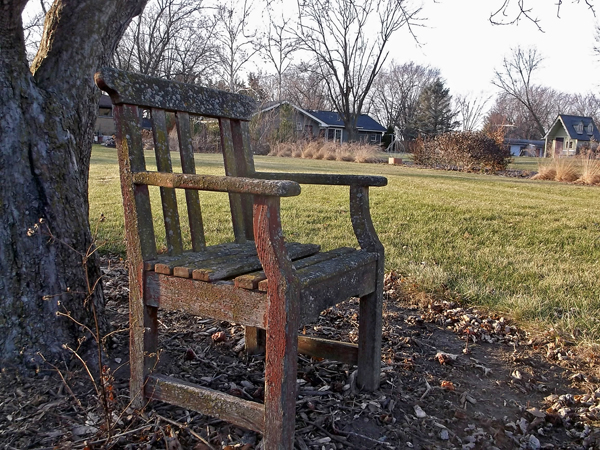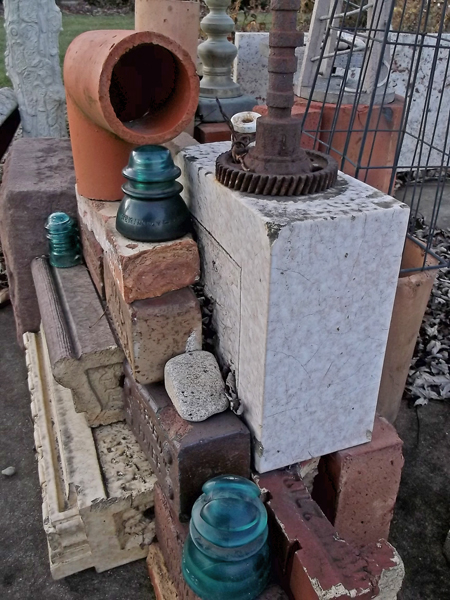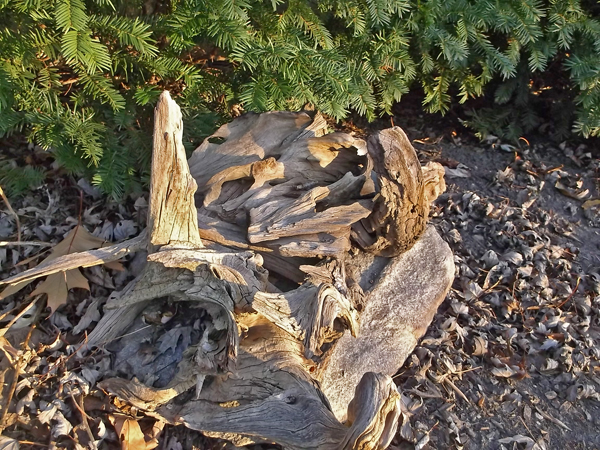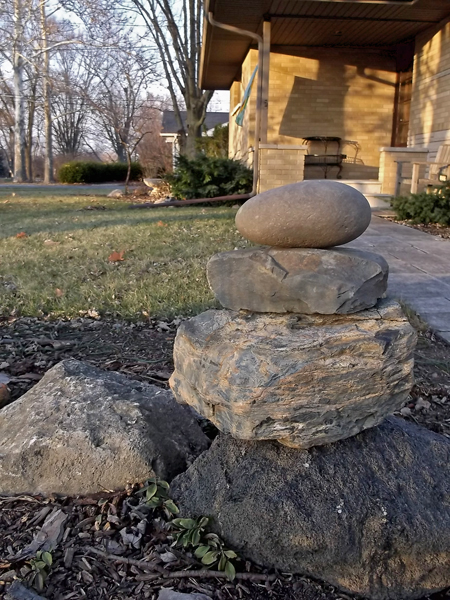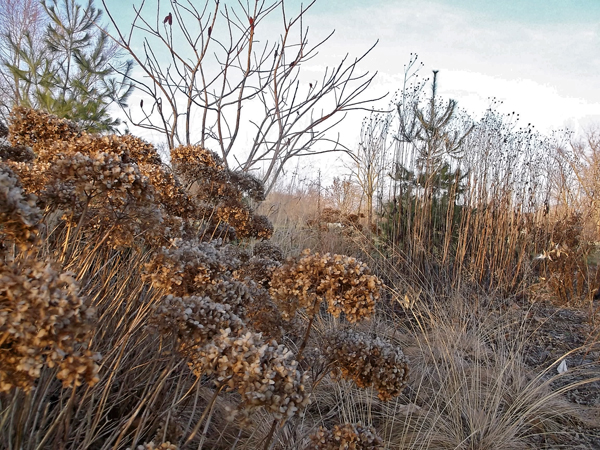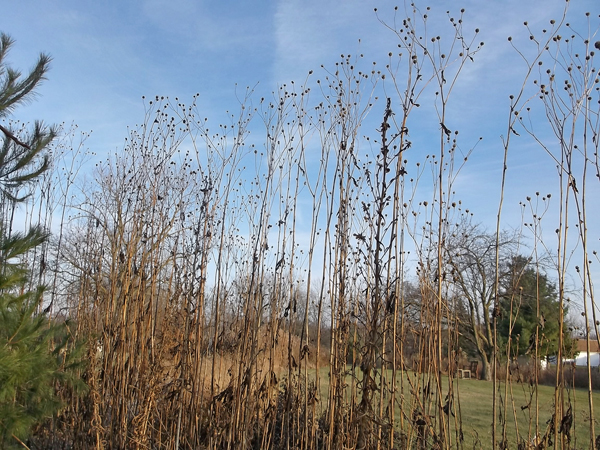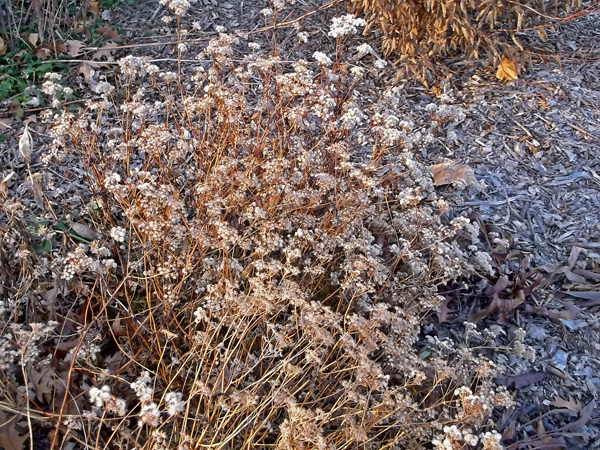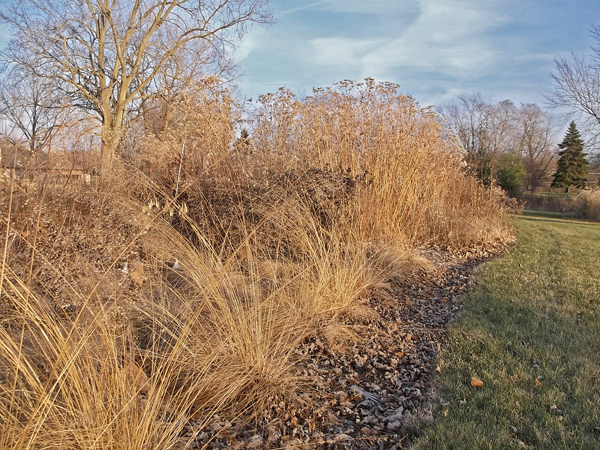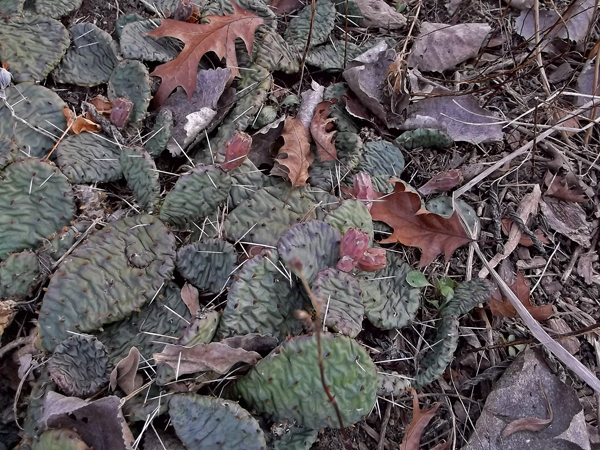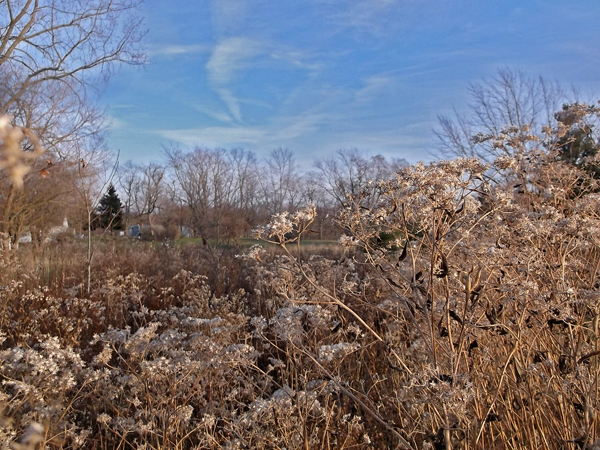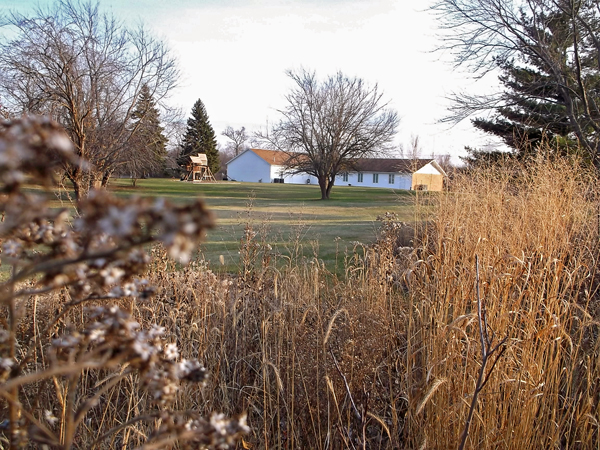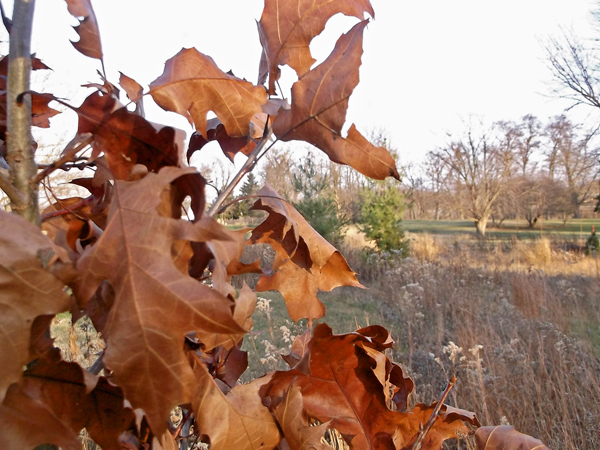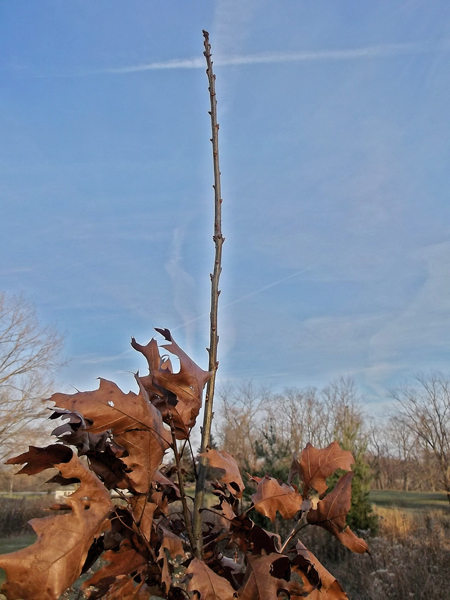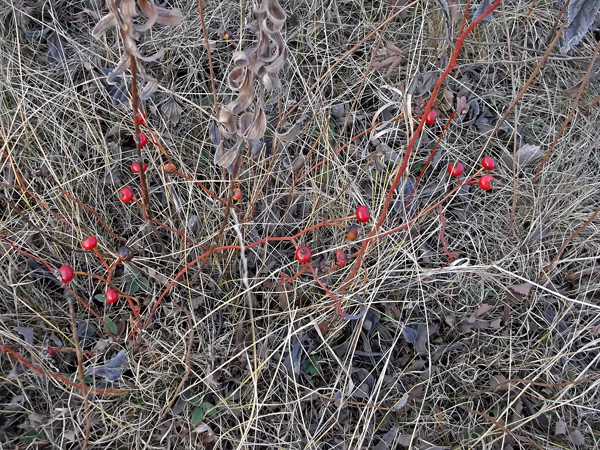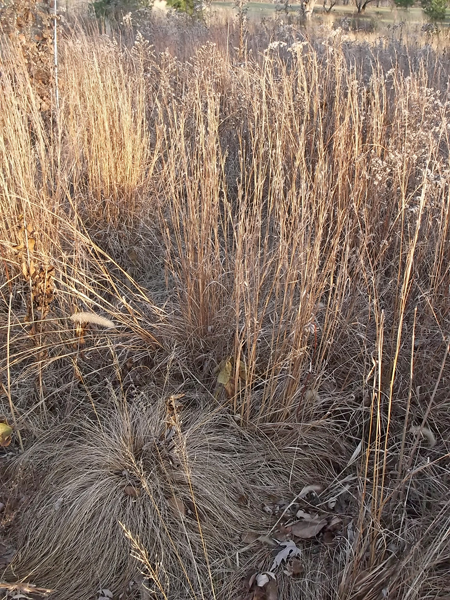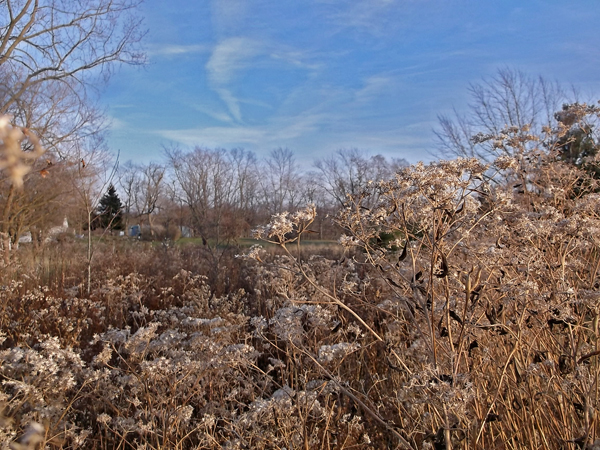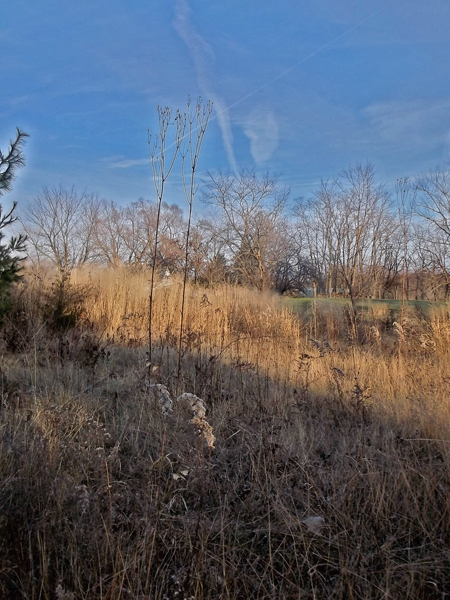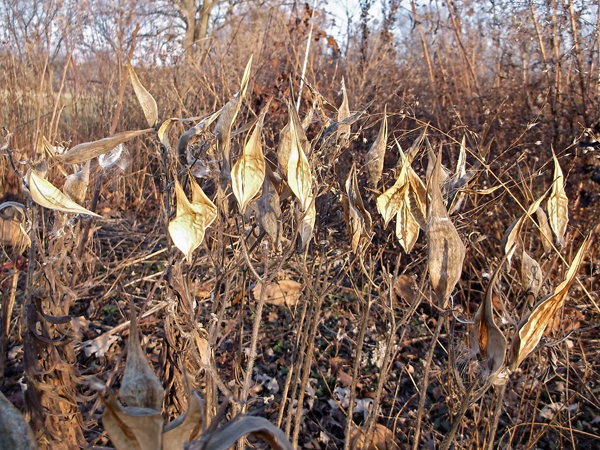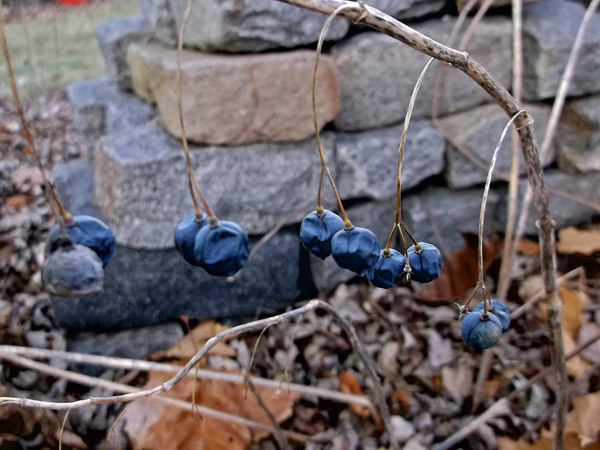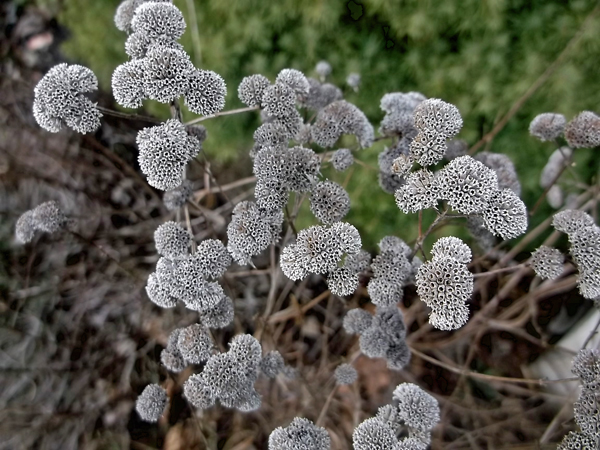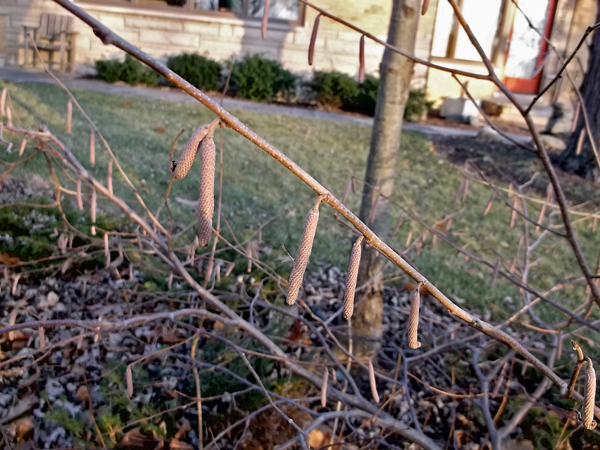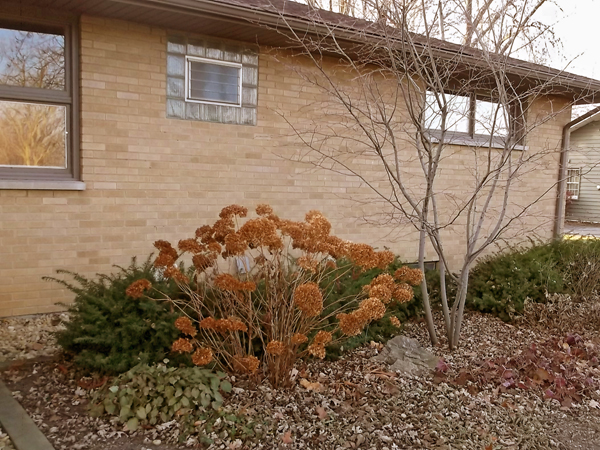
The Lurie Garden, opened in 2004, is located at the southeast corner of Chicago’s Millennium Park. The garden covers approximately 2.5 acres of the 24.5 acre park. The design of the garden resulted from an international competition, the winning team consisted of the Seattle based landscape architect, Kathryn Gustafson; lighting and set designer, Robert Israel, and Dutch nurseryman and landscape designer, Piet Oudolf. Gustafson and Israel designed the shapes of the beds, water feature, pathway locations, and other hardscape elements. Oudolf created the planting plan, with the help of Wisconsin nurseryman Roy Diblik, co-owner of Northwind Perennial Farm, where most, if not all, of the perennials for The Lurie Garden were contract grown.
For more about the symbolism of the garden elements, including the underlying meaning of the surrounding hedge, and what the light and dark plates represent, you can visit Wikipedia. I’m particularly interested in, and will be discussing, the plants used in the garden and how they were laid out as a composition.
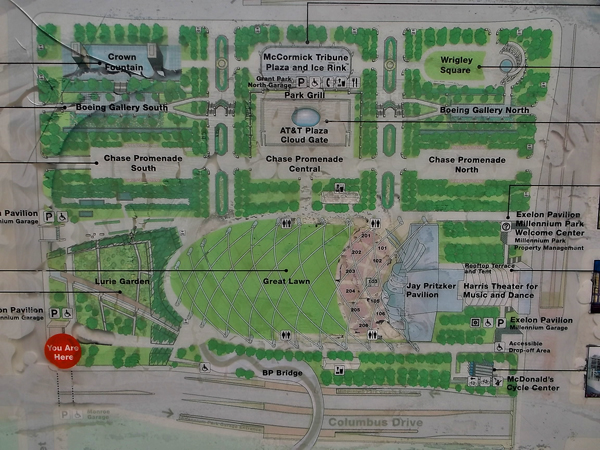
As I earlier eluded, the garden consists of a Light Plate (sunny garden) and a Dark Plate (shady garden) with a seam (water coarse with parallel boardwalk) separating the two, and all of it surrounded on two sides, to the west and north, by a 12 foot tall hedge of evergreen arborvitae and deciduous beech and carpinus trees, with Monroe Street and Columbus Drive bordering the south and east sides.
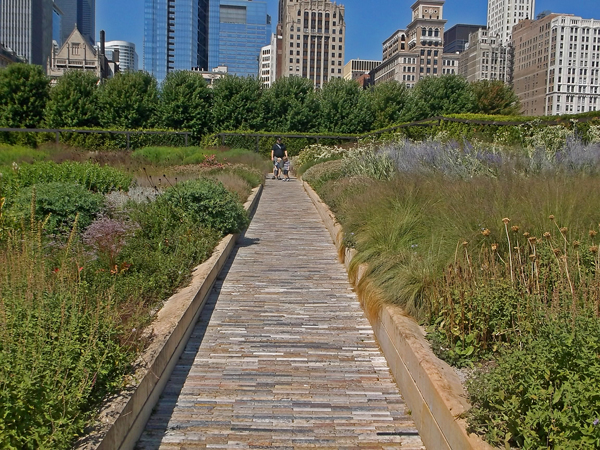
The gardens contain more than 35,000 perennials, 5,200 trees and shrubs, and at least 120,000 spring flowering bulbs. A more or less complete list of plants can be found here and here.
Along Monroe Street; Baptisia ‘Purple Smoke’, with its big mound of blue-green leaves; tall Joe-Pye Weed (Eupatorium maculatum) topped with domes of pink flowers; and the somewhat lost, Moor Grass, Molinia ‘Transparent’ with its airy (hence the name) flowers, fight for real estate. As a groundcover, purple ajuga is used with Clematis integrifolia using the tall plants as a living trellis.
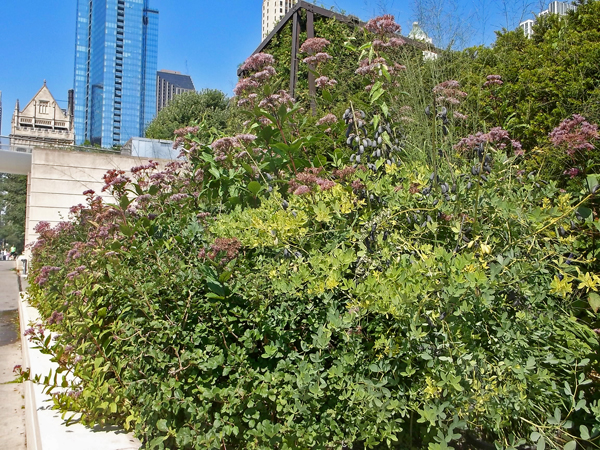
Clematis integrifolia, shown below, climbing over a baptisia, blooms from mid to late summer with understated (unlike many spring flowering clematis. Yes, I’m talking to you jackmanii) blue flowers. The fuzzy seed heads, also visable in the photo, add fall and winter interest to the garden.
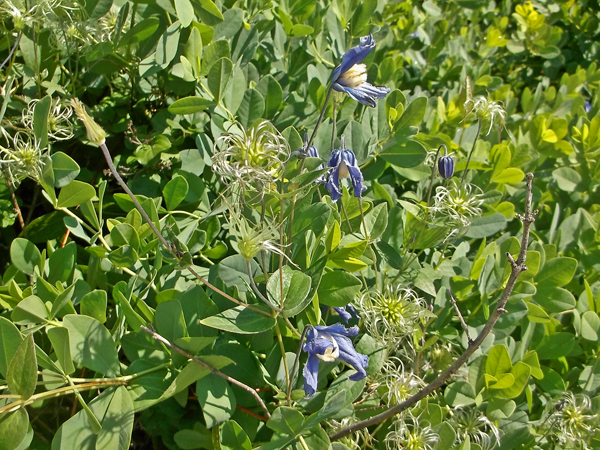
Six foot tall stalks rise from the Compass Plant (Silphium laciniatum). Birds, especially finches, relish the seeds produced by the bright yellow flowers. Prairie Dropseed grass and Purple Love Grass along with White Echinacea and Rattlesnake Master intermingle with the Compass Plant.
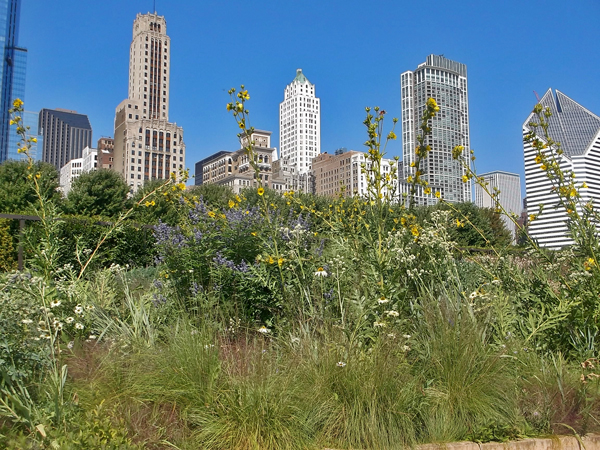
The blue-green leaves of False Blue Indigo ‘Purple Smoke’ (Baptisia sp.) complement the strappy, silver-green leaves of the Rattlesnake Master (Eryngium yuccifolium) with its spiky gray flowerheads rising above its leaves.
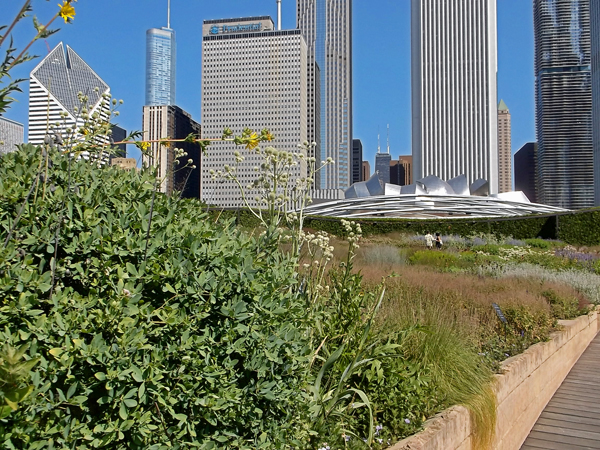
The airy flower stalks of Molinia ‘Transparent’, Moor Grass, along with the pinky-purple flowers of Joe-Pye-Weed ‘Purple Bush’ mingle together in the “dark plate” of the garden. In the distance, Calamagrostis ‘Karl Foerster’ Grass shows off its straw colored seed heads.
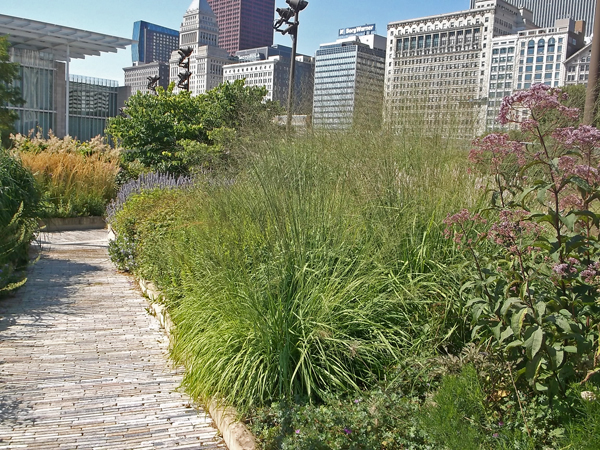
Autumn Moor Grass (Seslaria autumnalis) massed in a corner of the “Dark Plate,” shows off its late summer flower spikes and its bright green foliage next to Hosta ‘Royal Standard’ with the white spikes of Culver’s Root ‘Diane’ showing behind them.

A bright blue mass of Scutellaria incana (Skullcap) in the “Dark Plate”
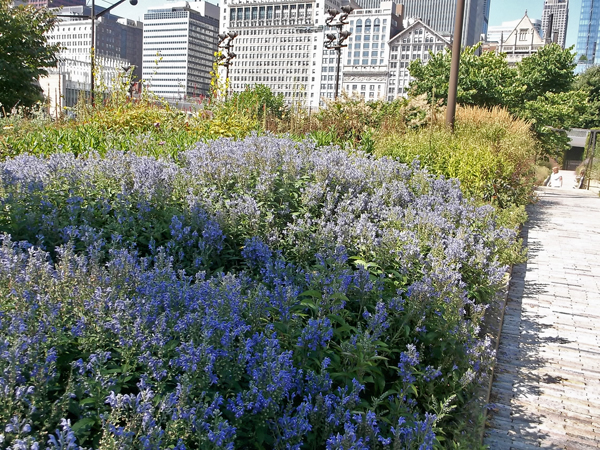
Separtating the two “Plates” is the “Seam,” a shallow body of water along a boardwalk made of Ipe wood from South America. The stream of water steps down towards Monroe Street, creating small waterfalls. A quiet, peaceful place to sit and soak your feet …
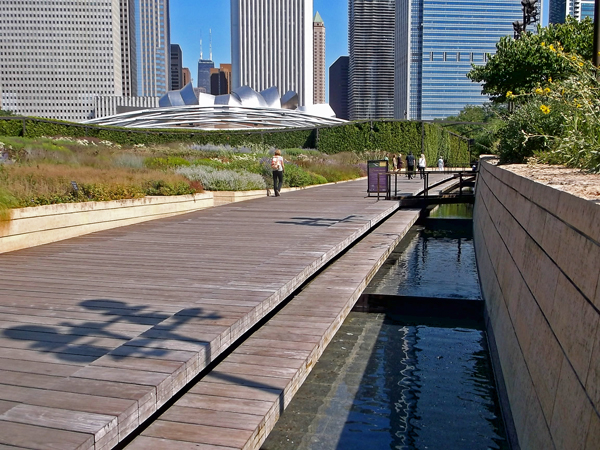
… While 200 feet to the west, the under-ten-crowd had their own idea of what a water feature should be ..
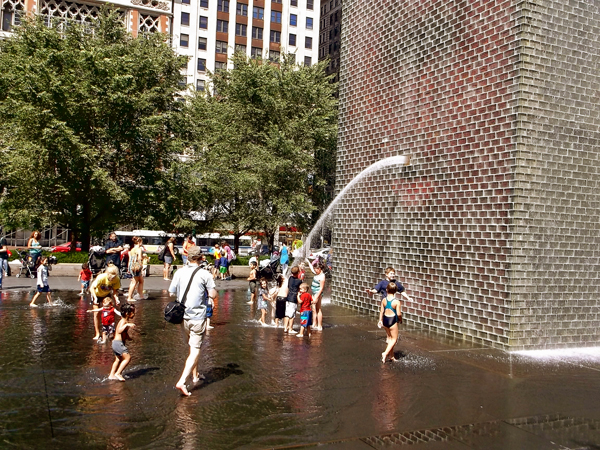
…giant faces spitting water into a very shallow reflecting pool, otherwise know as the Crown Fountain, but I digress.

Back to the Light Plate of the Lurie Garden. Here, Autumn Moor Grass catches the sunlight, with Calamint (Calamentha nepeta susp. nepeta). Calamint is a great filler species, long blooming (bracts remain showy) and complements other perennials such as coneflowers, Alliums, daylilies, and grasses to name a few.

On its west and north flanks, the garden is enclosed by “The Shoulder Hedge” consisting of a steel framework planted to Beech, Carpinis, and Arborviatae. Beyond, rises the Modern Wing of The Art Institute of Chicago. The walkways in the garden are granite pavers cut from countertop scraps. Originally, the pathways were made of crushed stone.
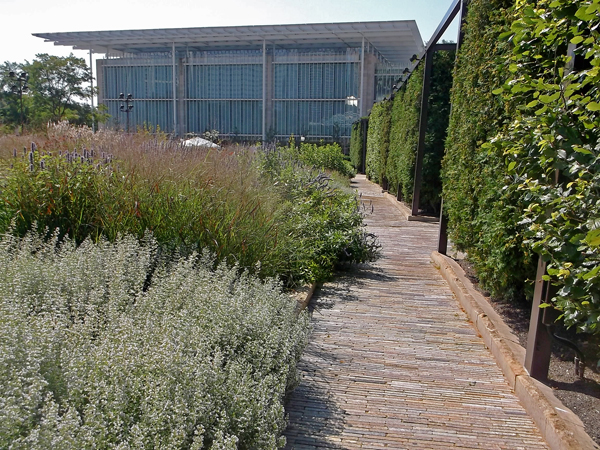
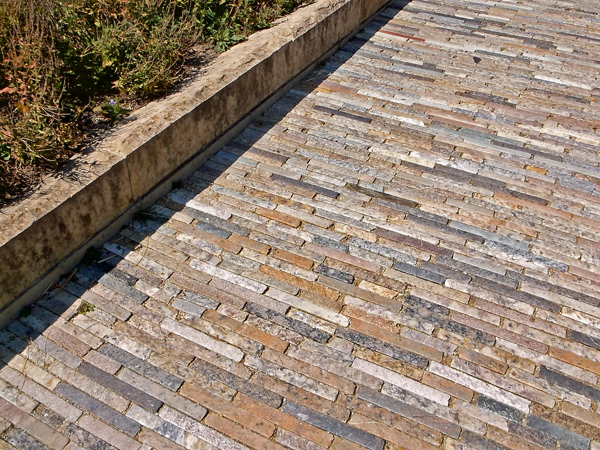
The designer of the garden, Piet Oudolf, wants us to see beauty in the garden, beyond the flower. When creating a planting plan, he looks at the plant’s shape, texture, and color, so that even after a plant is finished blooming, the garden still looks good, overall. The following pictures of the garden reflect that thought process. ENJOY:
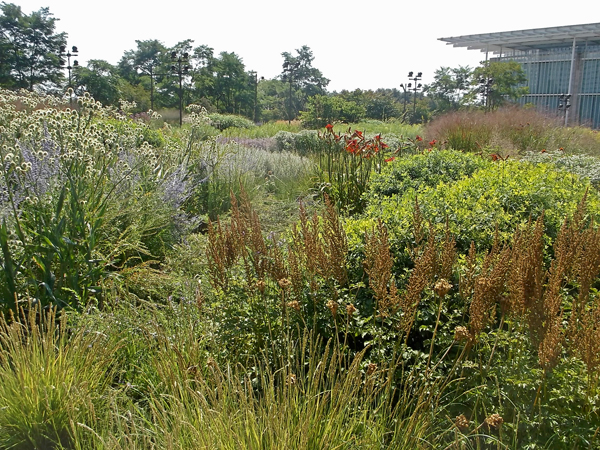
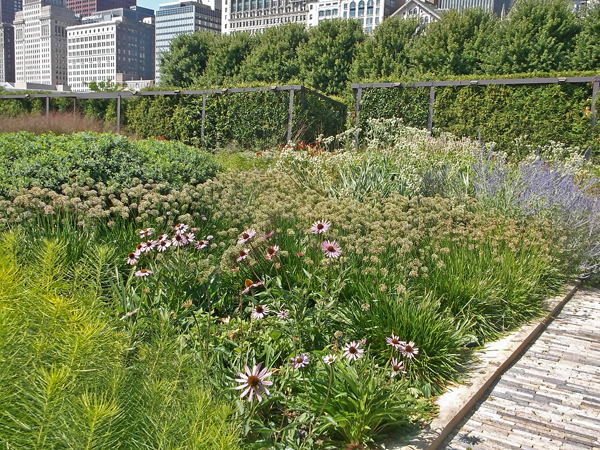
Tennessee Coneflowers and Allium ‘Summer Beauty’ in combination, surrounded by Amsonia hubrichtii, Baptisia, Russian Sage, and Rattlesnake Master
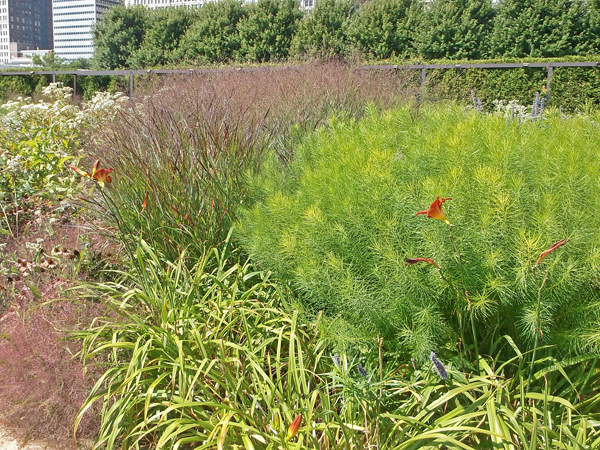
Bright green Amsonia hubrichtii with ‘Chicago Apache’ Daylily and ‘Shenendoah’ Switchgrass

While the blue mid-summer blooms of the salvia have faded to brown, they still complement the silver of the Rattlesnake Master combined with the blue of Russian Sage.
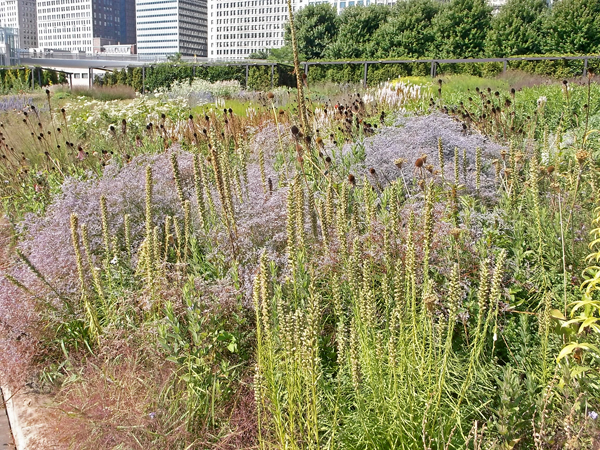
The seed heads of the Blazingstar and Purple Coneflower still hold interest, while the Purple Love Grass and the blue Sea Lavender bring in accents of color.
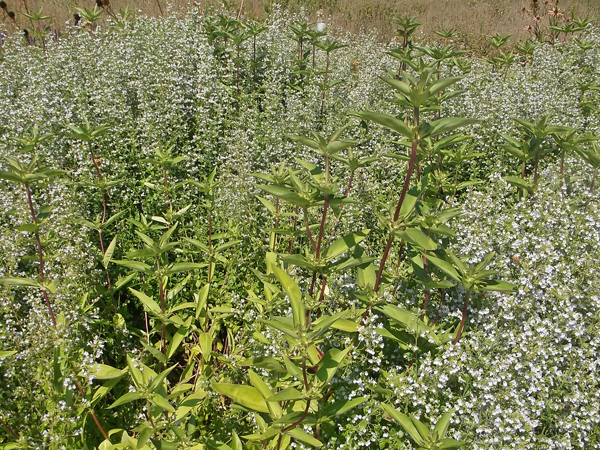
As the white bracts of the calamint start to turn a lavender color, the Blue Bottle Gentian, growing with it, will be in spectacular bloom – one of many thoughtful plant combinations

The great mound of calamint mimics the Pritzker Pavilion beyond the hedge
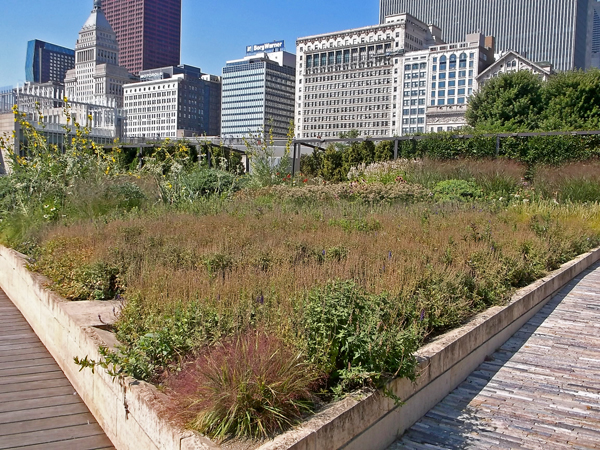
The massing of various Blue Salivias is tranquil and understated in August, but is a river of blue in Mid-summer




